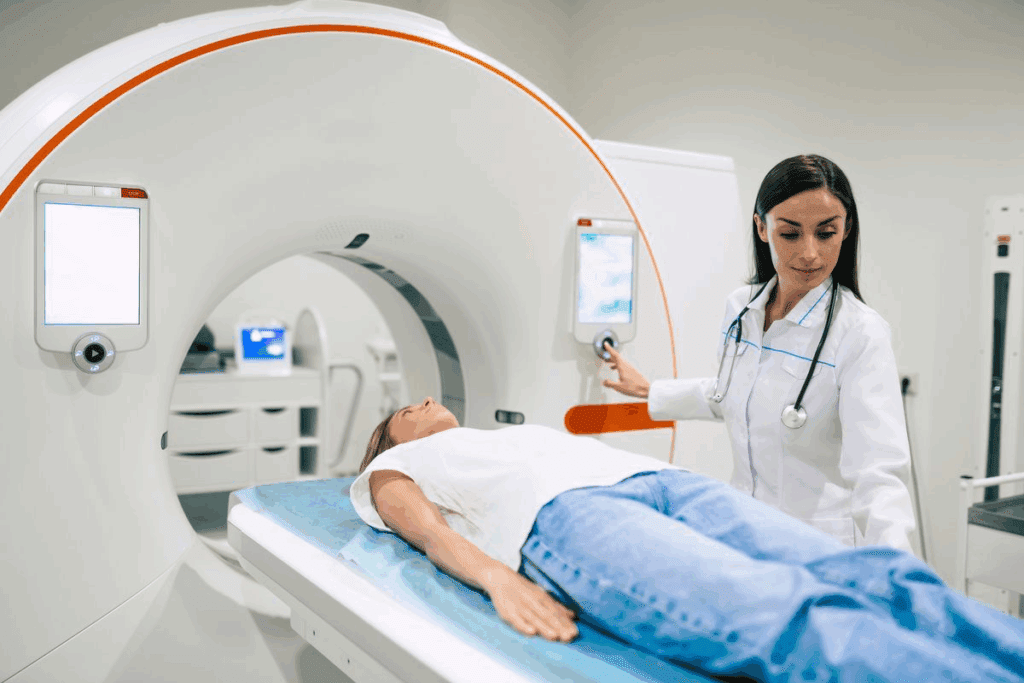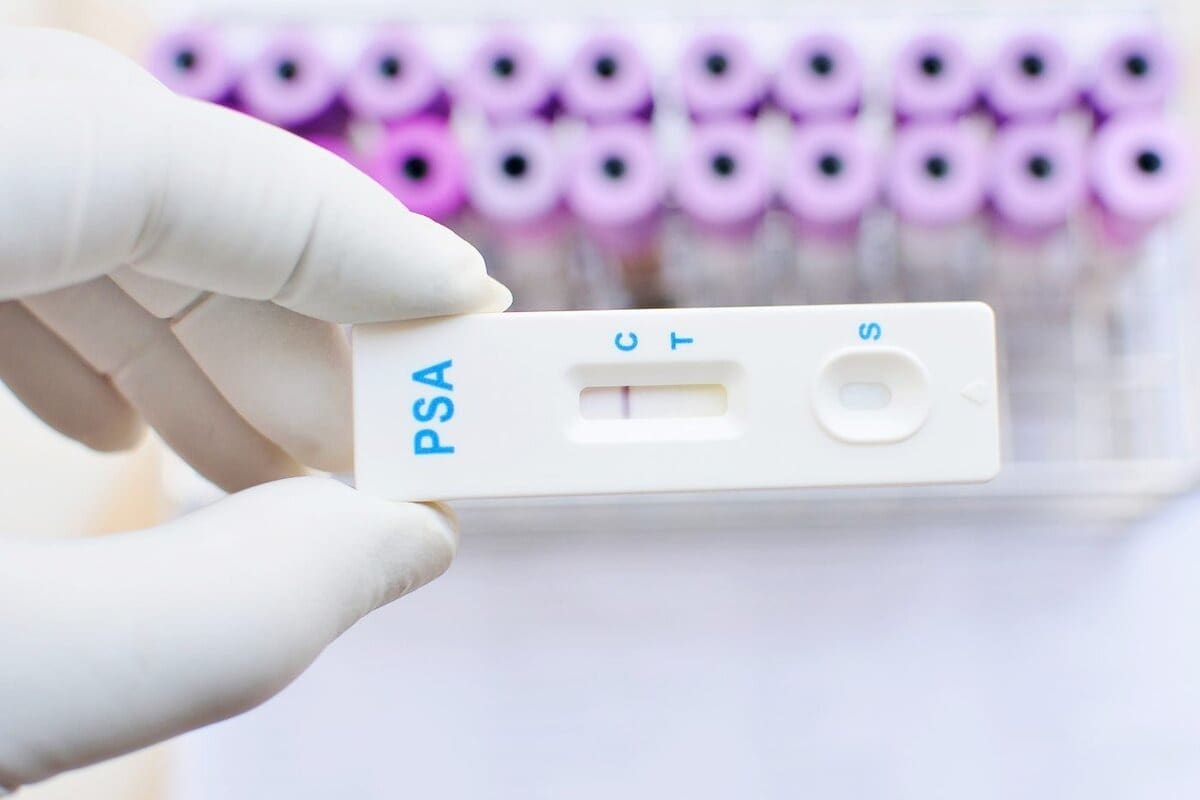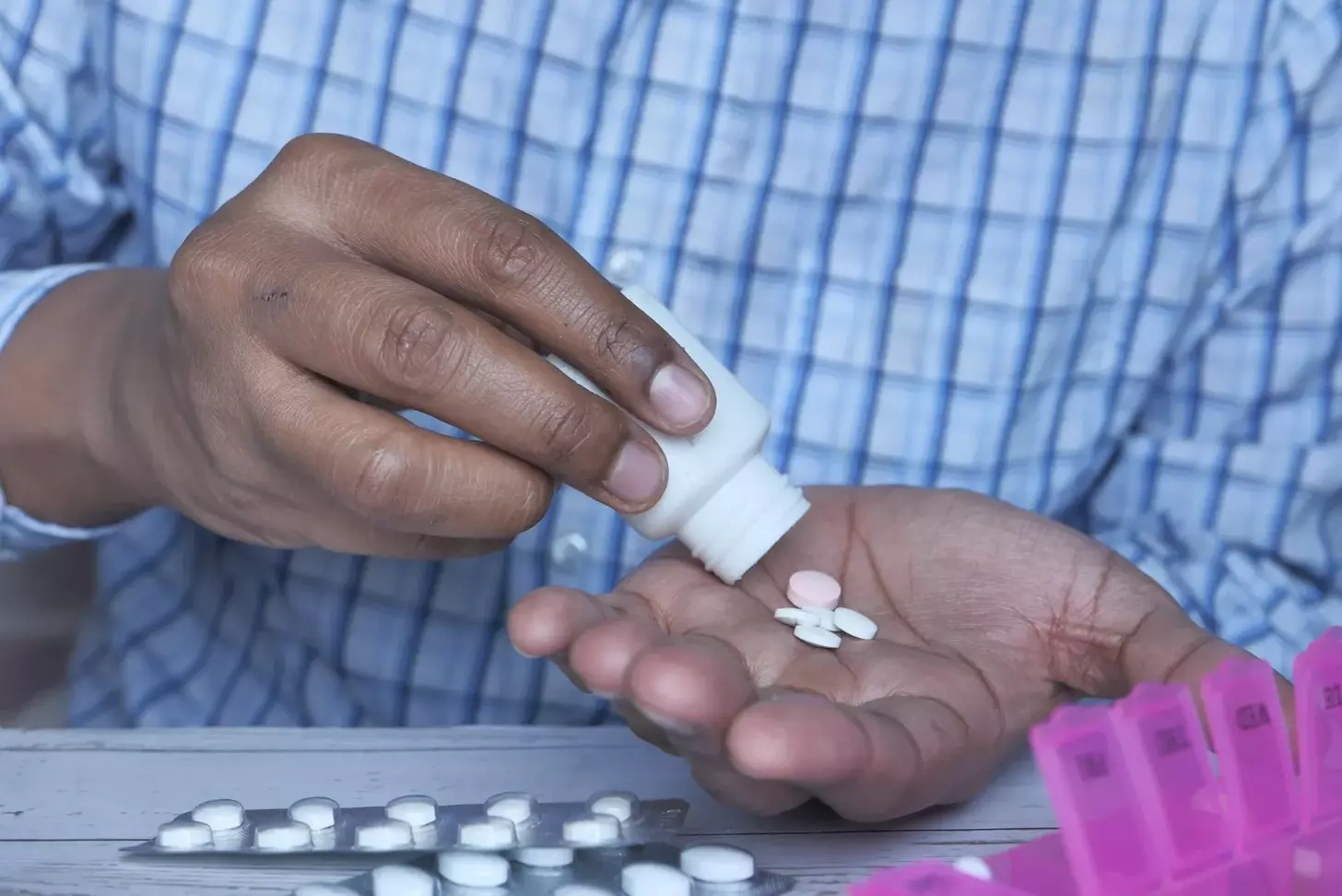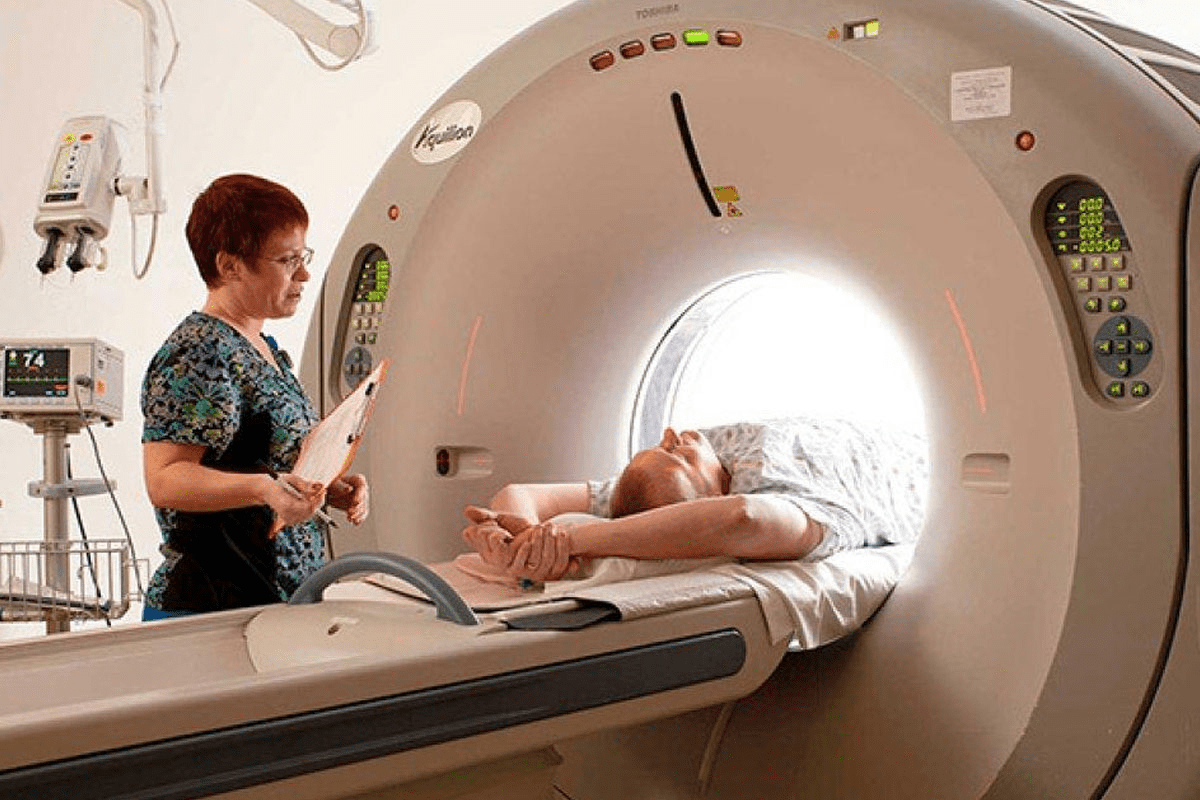Last Updated on November 27, 2025 by Bilal Hasdemir

Millions of people get PET scans each year to check their health. They worry about being around pets because of the radioactive tracer used. Learn how long are you radioactive after pet scan and how to protect others and pets during the post-procedure period.
After a PET scan, patients are radioactive for a while. This worries them about exposing their pets to radiation. The amount of radiation depends on the tracer used.
It’s key to follow precautions after a PET scan to protect others from radiation. Knowing the right steps can make everyone feel safer.
Key Takeaways
- Understand the basics of PET scan radiation safety.
- Learn about the precautions to take after a PET scan.
- Discover how to minimize radiation exposure to pets.
- Find out the recommended duration to stay away from pets.
- Explore the guidelines for safe interaction with pets after a PET scan.
Understanding PET Scans and Their Radioactive Nature

PET scans use radioactive tracers to help diagnose health issues. They are a key tool in medical imaging. They show how the body’s cells work.
What is a PET scan and how does it work?
A PET scan shows how your body’s tissues and organs work. It uses a special drug that lights up on a camera. This helps doctors see if there’s a problem, like cancer or heart disease.
Types of radioactive tracers used in PET imaging
There are many tracers for PET scans, each for different uses. Fluorodeoxyglucose (FDG) is the most common. It finds cancer because it goes to active cells. Other tracers check blood flow or oxygen use.
The purpose of radioactive materials in diagnostic imaging
Radioactive materials in PET scans help doctors see inside the body. They show how cells work, helping diagnose and track diseases. This info is key for treatment plans.
In short, PET scans are a powerful tool in medicine. They use radioactive tracers to understand the body. Knowing how they work is important for their role in healthcare.
How Long Are You Radioactive After PET Scan?

After a PET scan, many patients ask how long they stay radioactive. The time depends on the tracer used and how fast the body processes it.
Average Radioactivity Duration in the Body
People usually stay radioactive for 6 to 24 hours after a PET scan. This time can change based on the tracer used.
Factors Affecting Radioactive Tracer Elimination
Several things can affect how fast the tracer leaves the body. These include:
- Metabolic rate: Faster metabolism means quicker tracer elimination.
- Hydration level: Drinking lots of water helps remove the tracer.
- Type of radioactive tracer used: Different tracers last different lengths of time.
Half-Life of Common PET Scan Radioisotopes
The half-life of a radioisotope is how long it takes for its activity to drop by half. Here are some PET scan radioisotopes and their half-lives:
| Radioisotope | Half-Life |
| Fluorine-18 (F-18) | Approximately 110 minutes |
| Oxygen-15 (O-15) | Approximately 2 minutes |
| Nitrogen-13 (N-13) | Approximately 10 minutes |
Knowing the half-life of these isotopes helps figure out how long someone stays radioactive after a PET scan. For example, F-18, often used in scans, has a short half-life. This means its activity drops a lot in just a few hours.
Standard Post-PET Scan Safety Precautions
It’s important to know what to do after a PET scan. The main goal is to keep others safe from radiation. This includes family, pets, and the public.
General Guidelines from Major Medical Institutions
Places like the give advice after a PET scan. They talk about personal hygiene and how to handle fluids.
Key Recommendations:
- Drink lots of water to get rid of the tracer.
- Stay away from pregnant women, kids, and pets for a bit.
- Wash your hands well after using the bathroom.
Recommendations for Post-Scan Behavior
Tells patients to follow their doctor’s advice after a PET scan. They might ask you to drink water and pee often.
“You may be asked to drink plenty of water and urinate frequently to help eliminate the radioactive material from your body.”
This helps keep others from getting too much radiation.
Duration of Standard Precautionary Measures
How long you need to take precautions depends on the tracer used. Most people can go back to normal in a few hours to a day.
| Radioactive Tracer | Half-Life | Precaution Duration |
| Fluorodeoxyglucose (FDG) | 110 minutes | 6-24 hours |
| Other Tracers | Varies | Varies |
Always listen to your doctor’s specific advice. It’s based on your needs and the scan you had.
Specific Guidelines for Pet Owners After PET Scans
After a PET scan, pet owners often wonder how to safely interact with their pets again. They worry about the leftover radiation in their body. This could harm pets if they are too close.
Recommended Waiting Periods Before Normal Pet Contact
The time you should wait before being close to your pets depends on the PET scan type and tracer used. Doctors usually say wait a few hours to a couple of days before being close again.
Typical Waiting Periods:
| Scan Type | Tracer Used | Recommended Waiting Period |
| Standard PET Scan | FDG (Fluorodeoxyglucose) | 6-24 hours |
| PET/CT Scan | FDG with CT contrast | 12-48 hours |
Different Guidelines Based on Scan Type and Tracer Used
The type of radioactive tracer used in the PET scan affects safety rules for pet owners. For example, scans with Fluorodeoxyglucose (FDG) have different rules than those with other tracers.
- For FDG scans, avoid hugging or kissing pets for at least 6 hours.
- For scans with other tracers, follow your healthcare provider’s specific instructions.
Safe Ways to Interact with Pets During the Precautionary Period
Even with precautions, you can safely interact with your pets. Here’s how:
- Keep a safe distance to lower radiation risk.
- Use barriers like doors or walls when you can.
- Limit direct contact like petting or feeding by hand.
- Practice good hygiene, like washing your hands often.
By following these tips, pet owners can reduce risks to their pets and take care of their health after a PET scan.
Why Pets Require Special Consideration After Radiation Exposure
Pets are more at risk from radiation because they are smaller. This makes it important to take precautions after a PET scan. The radioactive tracer used in scans can be harmful if pets get too close to their owners. It’s key to know why this is a risk to keep pets and owners safe.
Pets’ Smaller Body Mass and Radiation Sensitivity
Pets, and small ones in particular, are more sensitive to radiation. This is because the radioactive tracers in PET scans can be absorbed by their bodies. In smaller animals, this radiation can have a stronger effect, raising the risk.
Behavioral Factors That Increase Radiation Transfer Risk
How pets interact with their owners can affect radiation risk. For example:
- Pets that are more affectionate and tend to snuggle or lick their owners’ faces may be at a higher risk of exposure.
- Owners who share food or drinks with their pets could potentially transfer radioactive materials.
- Pets that sleep in close proximity to their owners’ beds may be exposed to higher levels of radiation.
Cumulative Effects of Repeated Exposure for Pet Owners with Chronic Conditions
For people with chronic conditions needing many PET scans, the risk of radiation exposure grows. This is true for both the owner and their pets. Over time, the buildup of radioactive materials in the environment can increase the risk to pets.
To lower these risks, pet owners should follow their healthcare provider’s advice. This might include avoiding close contact with pets after a scan, practicing good hygiene, and possibly finding temporary care for pets.
Different Considerations for Various Types of Pets
Pets react differently to radiation from PET scans. It’s important to know how their behavior affects their exposure. This knowledge helps keep them safe.
Dogs: Size, Contact Habits, and Radiation Concerns
Dogs often get close to their owners, which can be a concern. Bigger dogs might be less at risk due to their size. But, their closeness can spread radiation. It’s important to keep a distance after a PET scan.
Cats: Grooming Behaviors and Radiation Exposure Risks
Cats groom themselves and their owners, which can increase radiation risk. They also like to be close to their owners. This close contact is a concern.
Small Pets: Special Considerations for Birds, Rodents, and Reptiles
Small pets like birds, rodents, and reptiles interact differently with owners. They might not touch as much, but their homes can get contaminated. This is a risk if they come into contact with their owner’s fluids.
| Pet Type | Primary Concerns | Precautions |
| Dogs | Close contact, size | Limit close contact, monitor interactions |
| Cats | Grooming behaviors, close contact | Minimize grooming interactions, keep distance |
| Small Pets | Cage contamination, indirect contact | Clean cages regularly, avoid close proximity to owner’s bodily fluids |
Knowing how different pets react to radiation is vital. It helps owners protect them after a PET scan. By taking the right steps, owners can reduce radiation risks for their pets.
The Science of Radiation Transfer Between Humans and Animals
Radiation can move from humans to animals in several ways. This includes touching and coming into contact with contaminated environments. When someone gets a PET scan, a tiny bit of radioactive material goes into their body. This material can then move to pets through different paths.
How Radiation Can Transfer Through Physical Contact
When a person who has had a PET scan touches their pets, radiation can pass on. The radioactive material can be on the person’s skin and clothes. Actions like petting, hugging, or sharing a bed can spread this material.
Bodily Fluids as Vectors for Radioactive Materials
Bodily fluids like saliva, urine, and sweat can carry the radioactive tracer. If pets touch these fluids, they might get exposed to radiation. For instance, if a person shares food or drinks with their pet, or if the pet licks their skin, radiation can move.
Environmental Contamination Considerations
Another way radiation can reach pets is through contaminated environments. Radioactive materials can stick to surfaces pets touch, like furniture or carpets. Keeping these areas clean is key to avoiding contamination. Regular cleaning of pet areas can lower the risk of pets getting exposed to radiation.
Pet owners can protect their pets from radiation after a PET scan. Simple steps like staying clean, avoiding close contact, and keeping the environment clean can help a lot. These actions can greatly reduce the chance of radiation moving to pets.
Comparing Radiation Exposure: PET Scans vs. Other Sources
PET scans use radiation, but how does this compare to daily sources? What does it mean for pet owners? To grasp the impact of PET scan radiation, we should look at other common radiation sources.
Radiation Levels: PET Scans vs. Everyday Sources
A typical PET scan’s effective dose is 3 to 7 millisieverts (mSv). This depends on the tracer and the scan’s protocol. The average annual background radiation in the U.S. is about 3.1 mSv. So, a PET scan’s dose is like a few years of natural background radiation.
Risk to Pets from Post-Scan Radiation
The risk of radiation to pets after a scan is usually low. This is true if owners follow standard precautions. Knowing this can help pet owners take the right steps.
Cumulative Radiation Exposure Concerns
Getting multiple PET scans or other radiation tests raises concerns about cumulative radiation exposure. Pets may face a slightly higher risk because of the owner’s increased radiation levels.
| Source | Typical Dose (mSv) |
| PET Scan | 3-7 |
| Annual Background Radiation | 3.1 |
| Chest X-ray | 0.1 |
| Flight from New York to Los Angeles | 0.04 |
Understanding these comparisons helps pet owners assess risks. They can then take the right precautions after a PET scan.
Special Considerations for Cancer Patients with Multiple PET Scans
Many cancer patients face the challenge of multiple PET scans. They also have to think about their pets. It’s important to keep both the patient and pets safe during these scans.
Managing repeated scans and consistent pet interactions
Cancer patients with multiple PET scans should know how radiation affects their pets. To keep pets safe, patients can follow these steps:
- Maintain a safe distance from pets immediately after a PET scan.
- Avoid close contact, such as cuddling or sharing food, for the recommended period.
- Ensure good hygiene practices, like washing hands frequently.
Balancing emotional support from pets during cancer treatment
Pets offer a lot of emotional support to cancer patients. It’s important to keep them safe without cutting off this support. Here are some ways to do this:
- Gradually increase interaction time as radiation levels go down.
- Use barriers, like separate rooms, to reduce close contact.
- Help pets stick to their routine to reduce stress for both.
Creating a safe routine for long-term treatment scenarios
For long-term cancer treatment with many PET scans, a consistent routine is key. This includes:
- Scheduling PET scans at times that don’t disrupt pet care routines.
- Arranging for temporary pet care during the most radioactive periods.
- Teaching family members how to support both the patient and pets.
By following these steps, cancer patients with multiple PET scans can keep their pets safe. They can also enjoy the emotional support their pets provide.
Expert Recommendations from Nuclear Medicine Specialists
Nuclear medicine specialists give important advice on keeping pets safe from radiation after PET scans. They help pet owners know how to protect their pets from radiation.
Medical Physicist Insights on Radiation Safety for Households with Pets
Medical physicists are key in teaching about radiation safety. They tell pet owners to keep a distance from their pets after a PET scan. This means not sleeping next to them and not hugging or kissing.
Key recommendations include:
- Keep a safe distance from pets for 6-24 hours after the scan, based on the tracer used.
- Don’t share food or utensils with pets.
- Stay away from pets’ food and water bowls.
Oncologist Recommendations for Immunocompromised Patients with Pets
Oncologists say it’s important to balance radiation safety with the love pets give, even for those who are immunocompromised. They say it’s key to follow safety rules but also think about the joy pets bring.
For immunocompromised patients, it’s essential to:
- Talk to their healthcare provider for advice on pet interaction.
- Have someone else care for the pet if possible.
Veterinary Perspective on Radiation Exposure to Different Animal Species
Vets share how different animals might react to radiation. They say smaller animals and those that like to be close might be more at risk.
Vets also say pet owners should watch how their pets act. If pets like to groom or be close, they might need extra care.
Practical Arrangements for Pet Care After Your PET Scan
After a PET scan, it’s important to plan for your pet’s safety. The tracer used in the scan will slowly leave your body. But, you need to take steps to protect your pet from any leftover radiation.
Temporary Pet Care Solutions
Try to find someone to look after your pet for a bit. This is great if your pet loves attention. If you can’t find someone, here are some tips to keep your pet safe:
- Sleep in a separate room from your pets for the first night after the scan.
- Limit cuddling and close interactions.
- Use a separate bathroom if possible.
Home Setup Modifications
Changing your home can also help keep your pet safe. Simple steps include:
- Keeping your bedroom door closed to reduce radiation exposure.
- Avoiding sharing food or utensils with your pets.
- Wash your hands thoroughly after using the bathroom.
Here’s a quick guide to home changes and their benefits:
| Modification | Benefit |
| Separate Sleeping Area | Reduces radiation exposure during sleep |
| Closed Bedroom Door | Contains radiation within a smaller area |
| Frequent Handwashing | Reduces transfer of radioactive materials |
Gradual Resumption of Normal Pet Interactions
As the tracer fades, you can start interacting with your pets again. Most say wait 6 to 12 hours before getting close. But, always listen to your doctor or nuclear medicine expert.
By making these arrangements, you can keep both you and your pet safe after a PET scan. Just remember to keep your distance and follow the advice given to you.
Can Pets Detect Radiation or Cancer in Humans?
Many people wonder if pets can sense health problems like radiation and cancer in their owners. This question comes from stories of pets acting strangely before or after their owners get sick.
Scientific Evidence on Pets’ Ability to Detect Illness
Studies have found that pets, like dogs, can smell certain cancers. A study in the BMJ showed dogs can find lung cancer in people very accurately.
“Dogs have been shown to detect cancer in patients through scent, highlighting their as diagnostic aids.”
, Oncologist
Can Cats Detect Cancer? Examining the Claims
There’s also talk about cats sensing cancer in their owners. While not as much research exists as for dogs, some studies hint at cats’ ability to do so. This might be because of their sharp senses and close bond with their owners.
| Pet | Detection Ability | Study Findings |
| Dogs | Highly documented ability to detect various cancers | Studies show dogs can detect lung, breast, and other cancers through scent. |
| Cats | Less documented, but some evidence suggests ability | Anecdotal reports and some studies indicate cats may detect cancer. |
How Pets Might React to Post-Scan Patients
Pets, close to their owners, might act differently after a PET scan. This could be because of changes in their owner’s health or behavior. While there’s little research on pets detecting radiation, their sensitivity to their owner’s state might be triggered by the post-scan period.
In conclusion, while dogs have more evidence supporting their ability, pets like cats might also sense health issues in their owners. More research is needed to fully grasp this phenomenon.
Medical Imaging for Animals: Understanding the Differences
Medical imaging like PET and CT scans is now used in vet care. This helps diagnose and treat animal health issues. It has made vet care more precise and effective.
PET and CT Scans in Veterinary Medicine
PET scans check how active an animal’s cells are. CT scans show detailed body structures. Together, they help vets find and treat problems better.
How Radiation Safety Protocols Differ for Animal Patients
Radiation safety for animals is different from humans. Vets must think about the animal’s size, type, and the imaging method. This ensures safe use of radiation.
What We Can Learn from Veterinary Radiation Practices
Learning from vet radiation practices can help us all. It shows how to keep radiation safe for both animals and people. This knowledge is key to better safety in medical imaging.
Common Questions and Concerns from Pet Owners
Pet owners often worry about their pets’ safety after a PET scan. They are concerned about radiation exposure to their pets.
Addressing Anxiety About Pet Safety
Many pet owners are worried about their pets’ safety after a PET scan.A nuclear medicine specialist, says, “The risk to pets is generally minimal, but it’s understandable that pet owners are concerned.”
“I was worried about my cat’s safety after my PET scan, but my doctor reassured me that the risk was low.” – Sarah, PET scan patient
Real Patient Experiences
Real patient experiences offer valuable insights into managing pets after a PET scan. Some patients were told to limit close contact with their pets for a few hours after the scan.
| Patient Experience | Precaution Taken |
| John, dog owner | Limited close contact for 4 hours |
| Sarah, cat owner | Avoided sleeping with her cat for 24 hours |
Signs That Would Indicate a Problem
While the risk is low, it’s important to know the signs of radiation exposure in pets. These can include unusual behavior or symptoms. Such cases are extremely rare.
Conclusion
After a PET scan, pet owners need to take precautions to protect their pets. The radioactive tracers in PET scans can stay in the body for a while. This poses a risk to pets if they are too close.
Important steps for pet owners include keeping a safe distance from their pets. This distance can be a few hours to 24 hours, depending on the scan and tracer. Knowing the radiation safety rules helps manage pet interactions well.
By following these precautions and understanding the risks of radiation exposure, pet owners can keep themselves and their pets safe. It’s also key to talk to healthcare professionals for advice on pet interactions after a PET scan.
FAQ
How long do I have to stay away from pets after a PET scan?
You should keep a safe distance from pets for 6-12 hours after a PET scan. This depends on the tracer used and your situation.
Can pets detect cancer or radiation in humans?
Some people think pets can sense health problems, like cancer. But, there’s not much scientific proof. Pets might act differently after a PET scan due to changes in their owner’s body.
How long are you radioactive after a PET scan?
You’ll be radioactive for 6 to 24 hours after a PET scan. This time varies based on the tracer’s half-life and how your body processes it.
What precautions should I take with my pets after a PET scan?
To keep your pets safe, avoid close contact and don’t share food or drinks. Don’t let them lick your face or hands. You might need to find temporary care for them or change your home to reduce exposure.
Are there different guidelines for different types of pets?
Yes, different pets need different care. Dogs might need more attention, while cats’ grooming can be risky. Small pets like birds and reptiles also have special needs.
How does radiation transfer from humans to animals?
Radiation can spread through touch, fluids, and contaminated environments. While the risk is low, taking precautions can help reduce it.
Can I have a PET scan if I have pets at home?
Having pets at home doesn’t stop you from getting a PET scan. Just make sure to follow safety steps to protect them from radiation.
How do I manage pet interactions during cancer treatment involving multiple PET scans?
Balancing pet support with radiation safety is key. Create a safe routine, including temporary care and home changes, to manage this.
What do medical professionals recommend for pet owners after a PET scan?
Experts suggest following safety guidelines after a PET scan. Be careful with pet interactions and consider temporary care or home changes to reduce exposure.
Are there any signs of radiation exposure in pets that I should watch for?
Rarely, pets might show unusual behavior or health issues. But, the risk is low, and most pets won’t be affected.
How do PET scans for humans compare to those for animals?
PET scans for animals are tailored for veterinary use. They consider animal size, physiology, and the condition being diagnosed. Safety protocols also differ.
Can cats detect cancer?
Some believe cats can sense health issues, including cancer. But, there’s not enough scientific proof. More research is needed to confirm this.
Reference
- “After your PET scan” guidance from Cancer Research UK: “avoid contact with pregnant women and small babies for six hours” as a precaution; no mention of pet-specific long exclusions. https://www.cancerresearchuk.org/about-cancer/tests-and-scans/pet-scan






